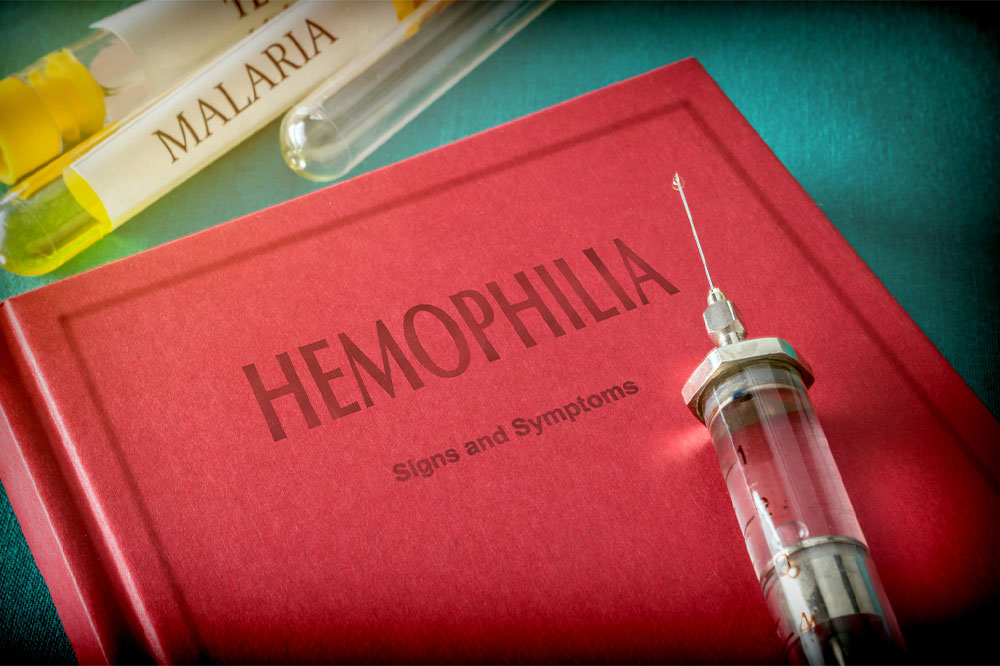Things to pack in your newborn’s hospital bag
After nine months of pregnancy, the excitement of a baby’s arrival is always exciting. With the happiness, comes the responsibility of being a mother. Here’s what you need to do to make sure that you pack all the necessary things for your baby in your hospital.
Be prepared: The commencement of labor pains and the need to rush to a hospital when you are ready to deliver your baby is almost always sudden, so your best bet is to be prepared.

Segregate your essentials : To avoid any confusion as to which bag holds which item, it is best to separate your essentials when moving into a maternity ward with more than one bag. Often, a baby may require a prolonged stay at a postnatal ward, and this is the time to be prepared with a second bag. Your primary bag should contain everything you need during labor and the hours following delivery.
Baby essentials post-birth : Newborn babies have many needs, and while you and your child are still under the professional care of doctors and nurses right after delivering a baby, most of these requirements will be taken care of by them. However, there are quite a few baby care essentials you would need to pack during your stay in the maternity ward.
- Sleepsuits and vests made to fit babies.
- Baby blanket for your trip back home.
- Your baby will soil up to 12 nappies a day so pack plenty of infant diapers.
- Muslin squares to clean up milk spills that your child will bring up.
- A pair of warm booties for the baby on your way home from the hospital.
- A car seat and a pair of clothes for your child on the trip home.
- Appropriate winter clothing for the baby if he or she is born during the colder months.
This list will help any mother post-birth, take your notes and get ready for your little one’s arrival.




